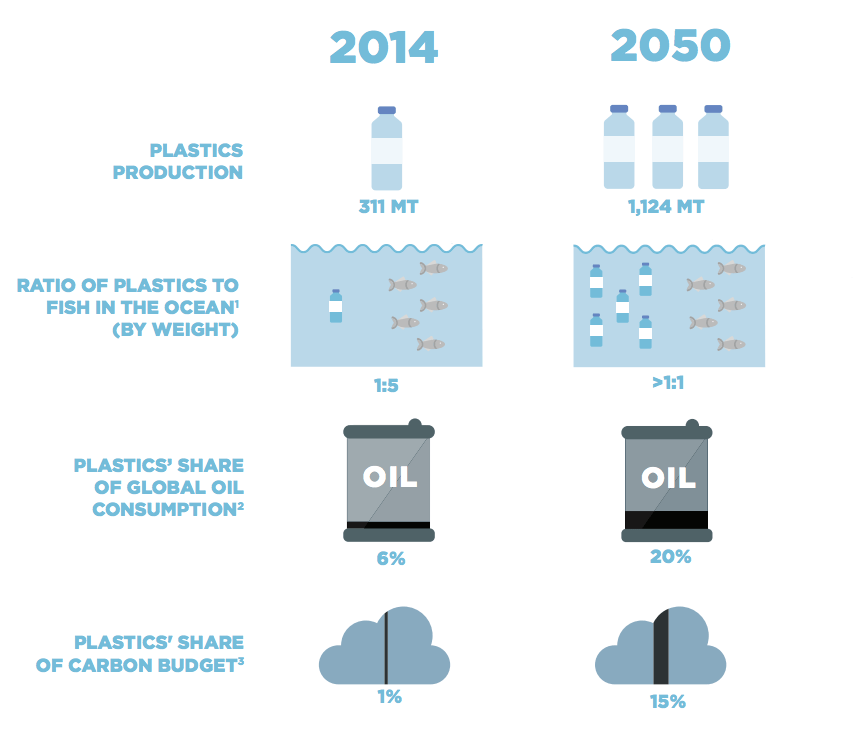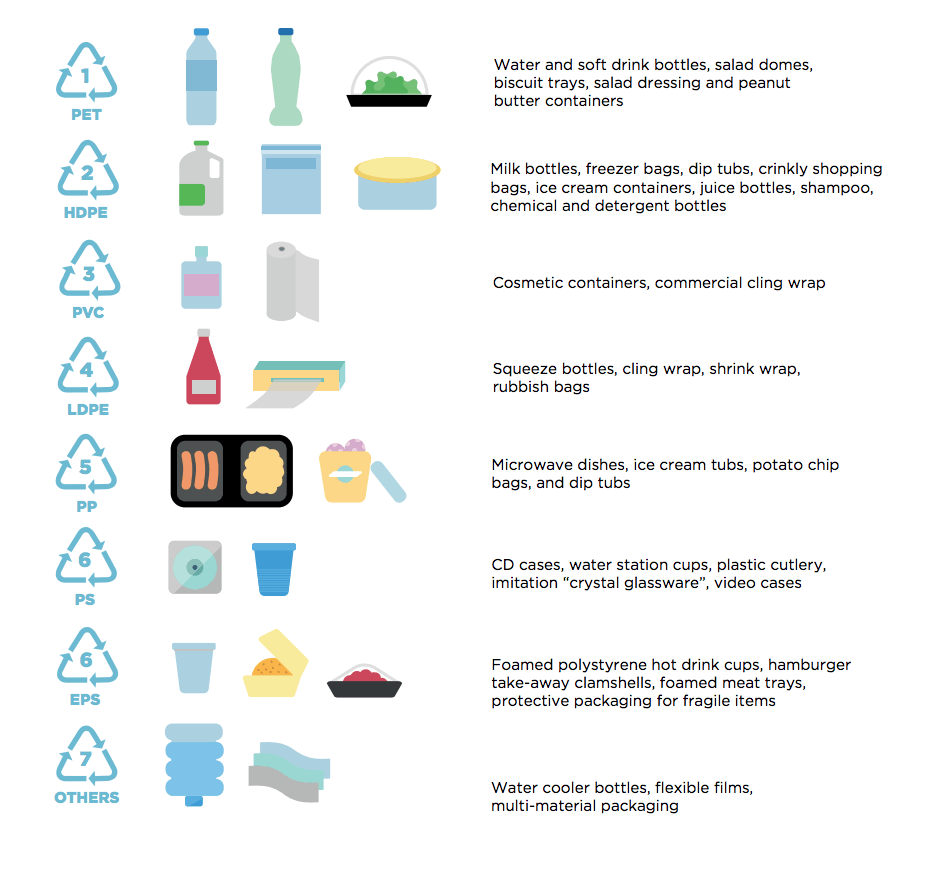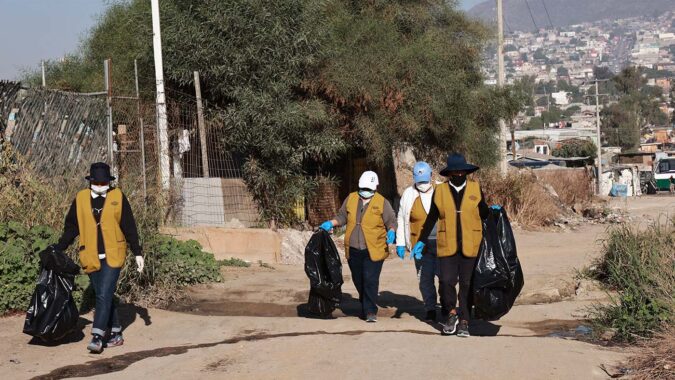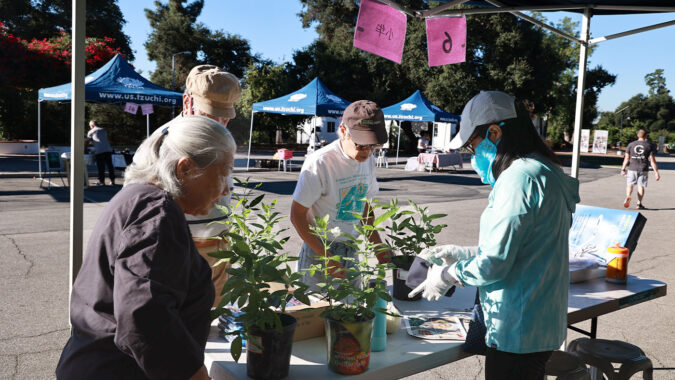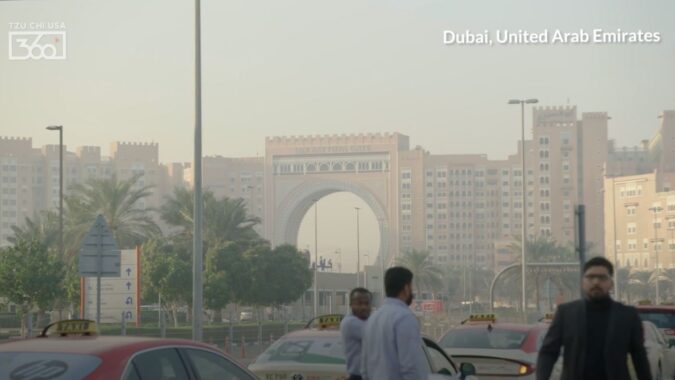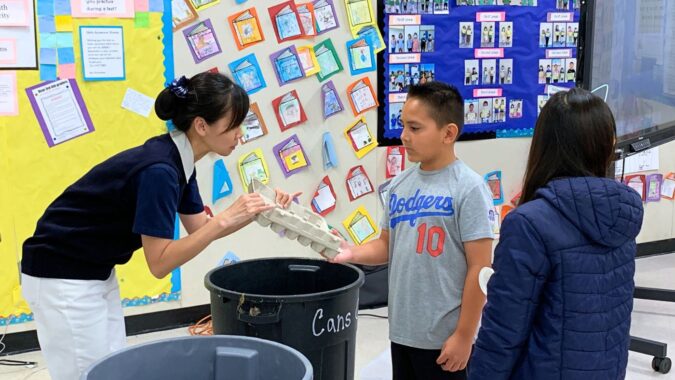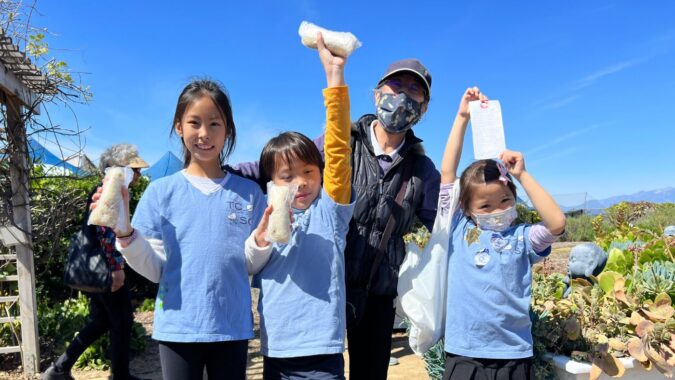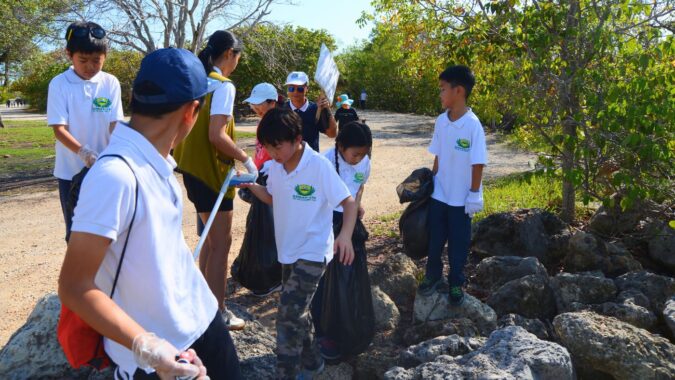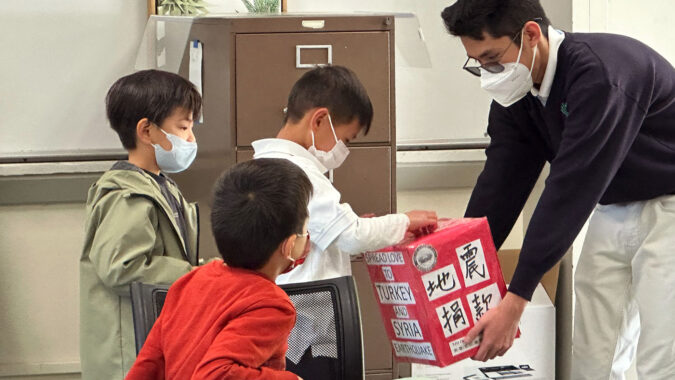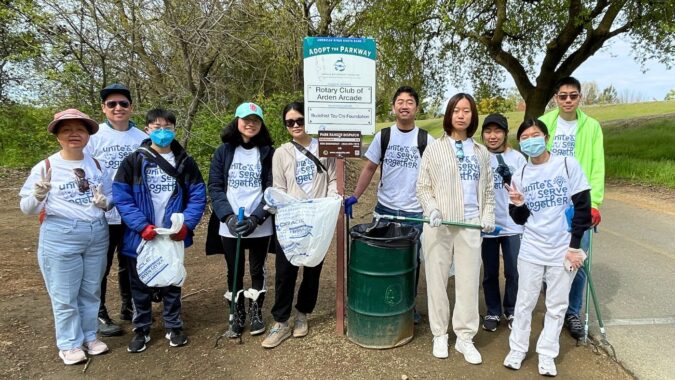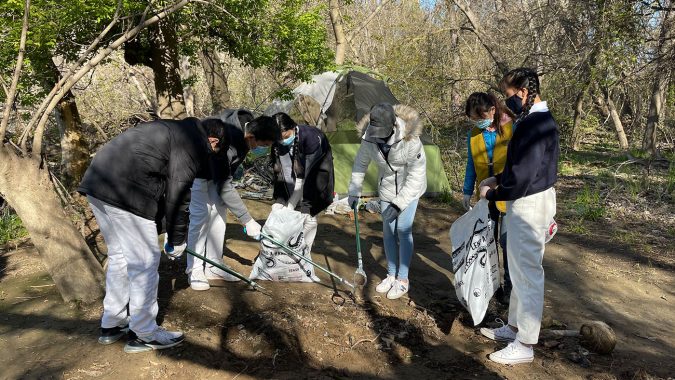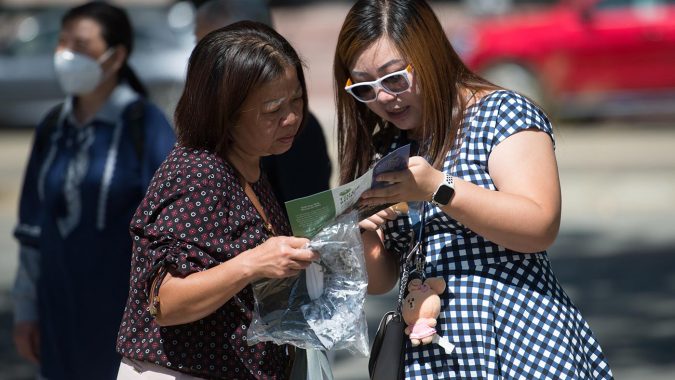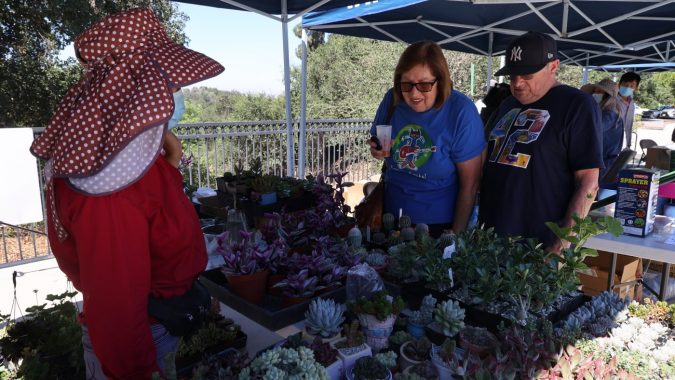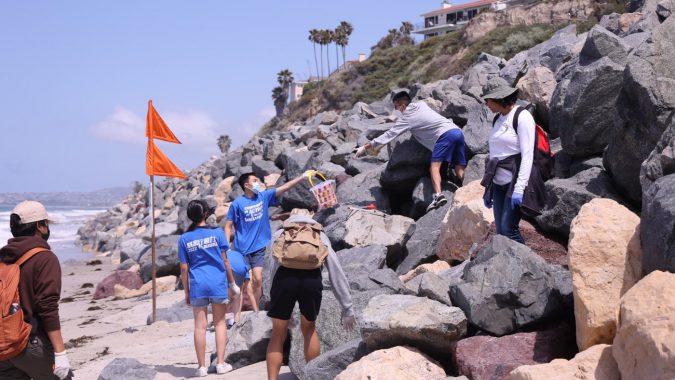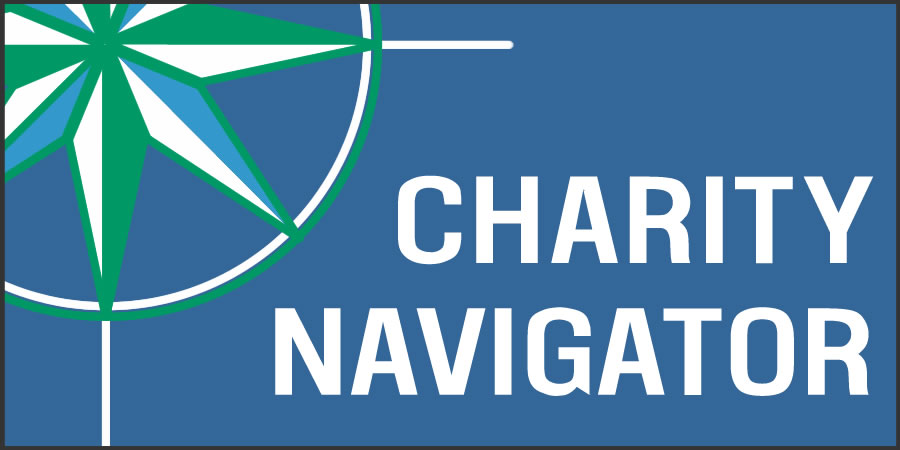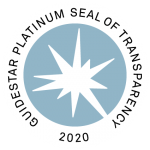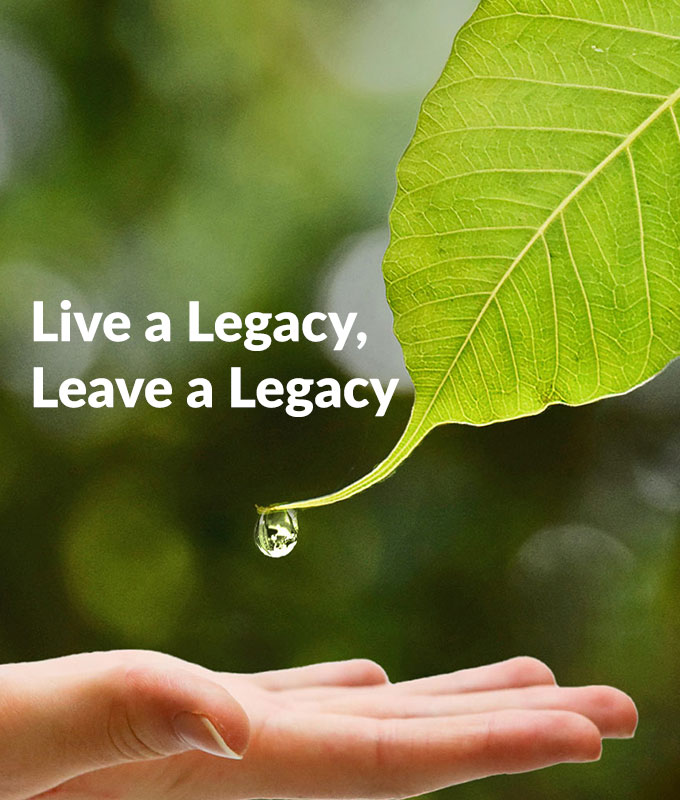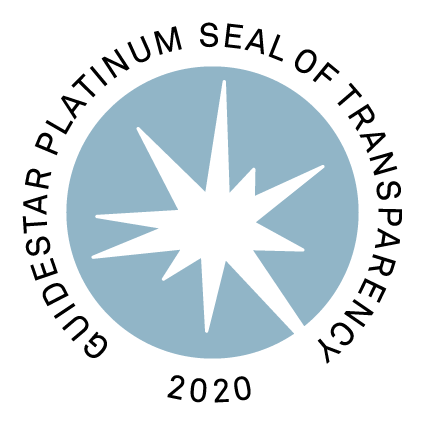Where there is water, there is life. Over 60% of the human body is made of the precious resource and it covers roughly 70% of the Earth’s surface. When something threatens to poison it, it is our humanly duty to keep it safe and clean for all life to continue. At Tzu Chi, we strongly believe in the sanctity of the Earth and stand strongly behind the conviction that we can all do our part to protect nature and what it gives us by making mindful choices as we live this modern life. We also acknowledge the impact our collective effort can create to combat unnecessary waste and diets that are as unhealthy for humans as they are for our planet. That is why we have striven so hard to promote waste reduction and recycling efforts. Still, our planet needs much more from us.
An Introduction to Plastic Pollution
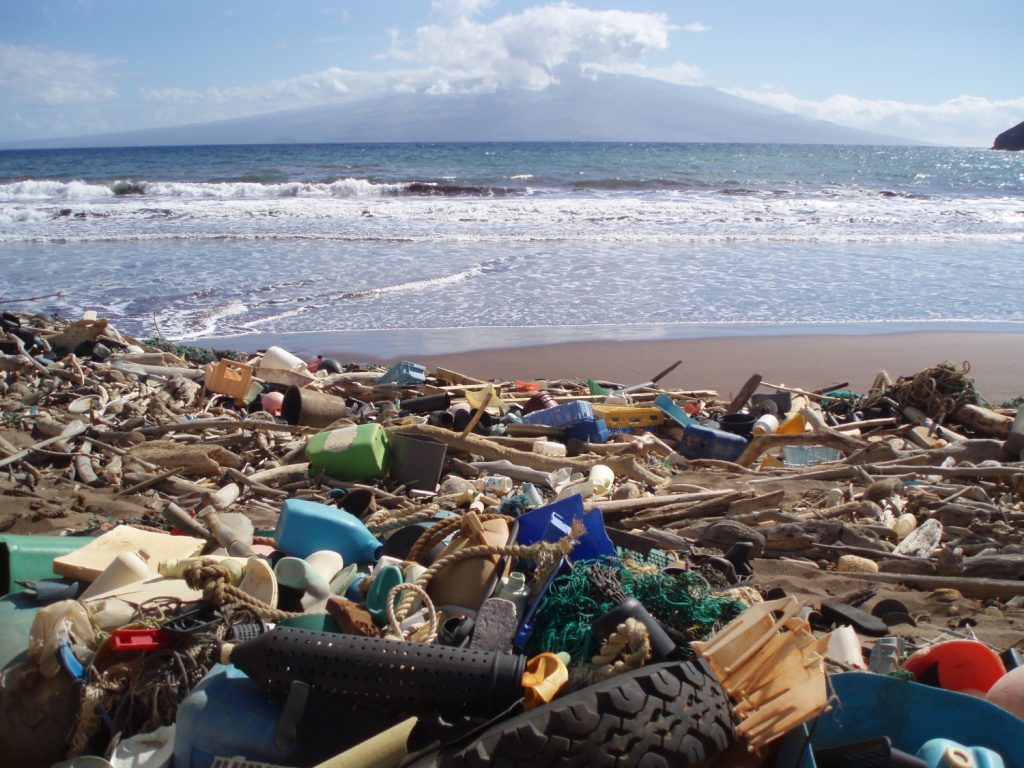
The side effects of our modern life, namely our reliance on plastic, has quietly suffocated our oceans, rivers, seas, lakes, and other bodies of water. The June 2018 issue of the National Geographic Magazine powerfully demonstrates this point on its front cover. And while the debate on climate change rages on, the presence and danger of plastic pollution is very real; so much so that it has been the focus of this year’s World Environment Day. The UN-hosted celebration culminates on June 5th and is meant to raise the public’s awareness of plastic pollution in the ocean and its effects. To understand this goal more, let’s start with some rudimentary water pollution facts.
What is Water Pollution and What Causes It?
Water pollution encompasses a variety of perpetrators. As per the Environmental Pollution Center, it refers to the existence of toxins and biological agents in groundwater at levels that surpass what is naturally occurring and may threaten humans and/or the environment. Some major culprits include the disposal of household chemicals (like chemical fertilizers, detergents, and even prescription medications); and commercial and industrial waste (like agricultural runoff and motor liquids); accidents that include oil spills and the like; and the dumping of common trash (including plastic, styrofoam, glass, and aluminum) (via the Water Spots Blog). So, what’s the clamor against our plastic wares in the presence of so many other offenders?
Though it is exceedingly difficult to determine exactly how much plastic is in the ocean, ranging from the surface level to the ocean floor, researchers around the globe have given some estimates. According to the New Plastics Economy, plastic pollutants may exist in excess of roughly 150 million tonnes in the ocean. Not sure what that might look like? Try imagining a garbage truck dumping its load into the ocean once every minute. The same report suggests that, “if no action is taken, this is expected to increase to two per minute by 2030 and four per minute by 2050.” With such a rapidly escalation of contamination, it is no surprise that plastics- one of our most used and ubiquitous modern tools- has set off all the alarms. But, there are several ways in which plastics are affecting our oceans.
The Toxicity of Plastics
Plastics are produced using a complex chemical process, one that results in a variety of materials that we may often see in food and beverage packaging identified as a number encased in the universal recycling symbol. These numbers correlate to different types of plastic polymers (among the most commonly known are PVC and PET). Altogether though, the Better Alternatives Now List 2.0 says that “in the marine environment, plastic pollution increases its toxicity over time through the absorption of persistent organic pollutants.” This means that ocean plastics will be harbingers of toxins that may disrupt wildlife and move upwards the food chain.
Is There Really Such a Thing as a “Plastic Island?”
What is certainly more visible than that is the sheer presence of plastic littered across water bodies around the world. In the Pacific Ocean, there exists what is known as the “Great Pacific Garbage Patch.” Plastic materials and other debris are constantly moving in this primely posited area, and many particles within the Pacific Ocean’s “trash island” can be so small one may not be able to see them just by looking. In fact, the Marine Debris Program suggests you may not even know you are wading through one. This doesn’t diminish the threat of an ocean garbage patch, however. In a report published by Scientific Reports, researchers suggest that this specific patch of trash in the Pacific Ocean, at their best estimate, has grown to 1.6 million square kilometers, making it roughly twice the size of Texas and three times the size of France. And its areas like these that are a terror for wildlife.
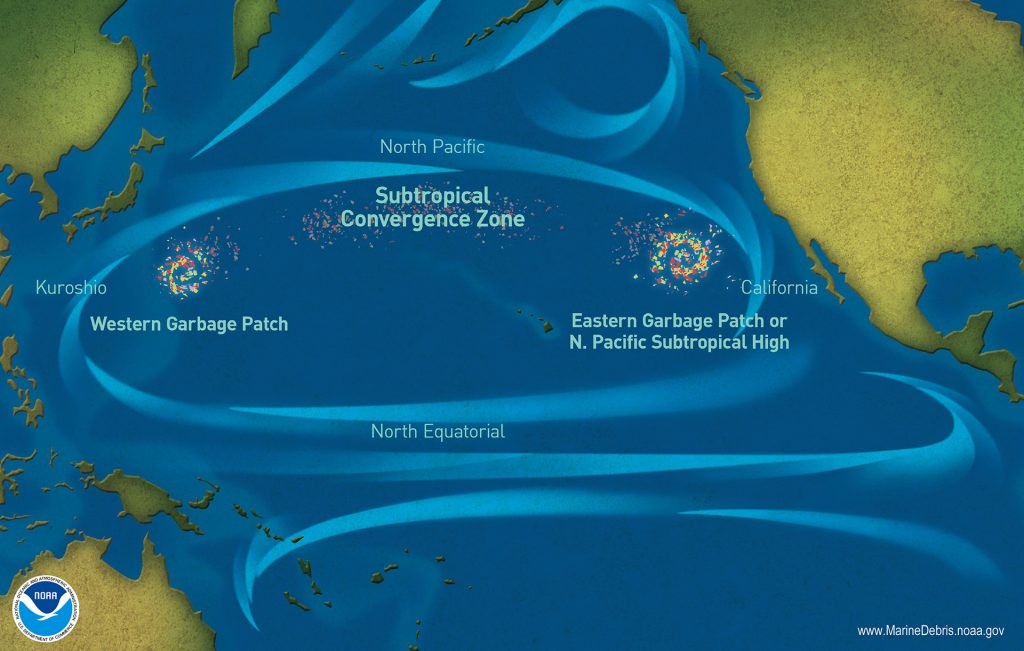
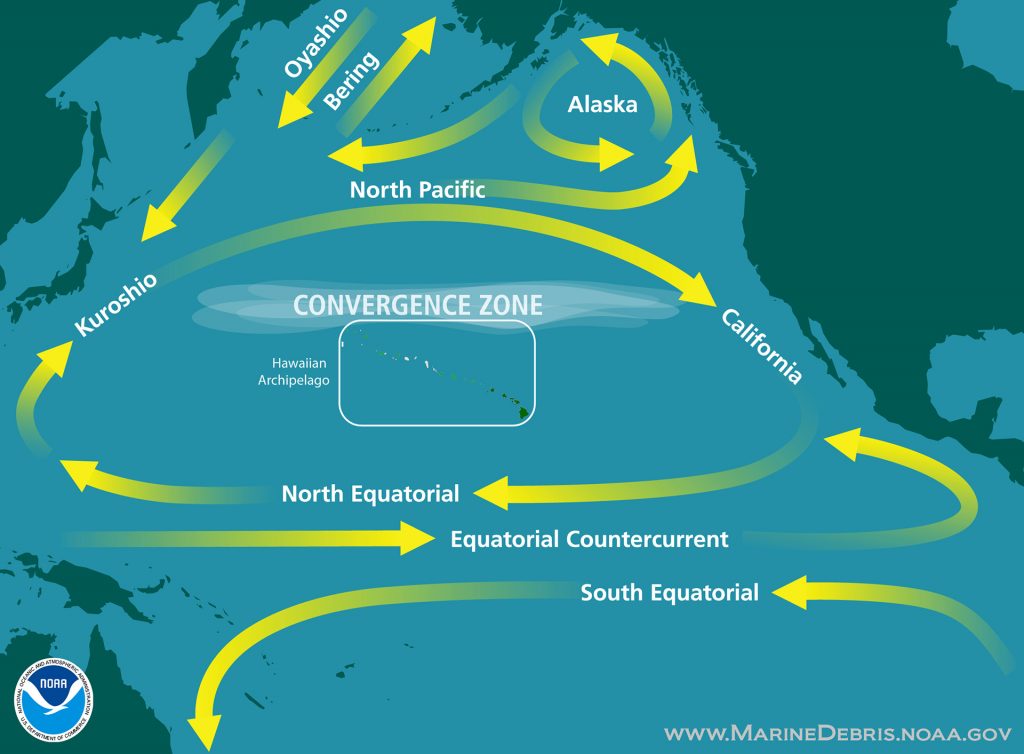
Our Use of Plastic is Killing Marine Life- and is Working Its Way up the Food Chain
In the devastating photos you will see in publications the world over, marine creatures- including those that eat them- have gotten tangled and ensnared, and/or have unknowingly ingested our discarded juice bottle caps, candy bar wrappers, chip bags, instant noodle cups, and even the seemingly harmless cotton-swab-turned-terror-wand. Even as recent as this April, a sperm whale washed ashore in southern Spain with a whopping 64 pounds of plastic contents in its stomach. It now joins a long and frightful list of whales that have perished from plastic consumption, the entire spectrum of marine-dependent creatures, from corals to endangered turtles to avian life- is in just as much danger.
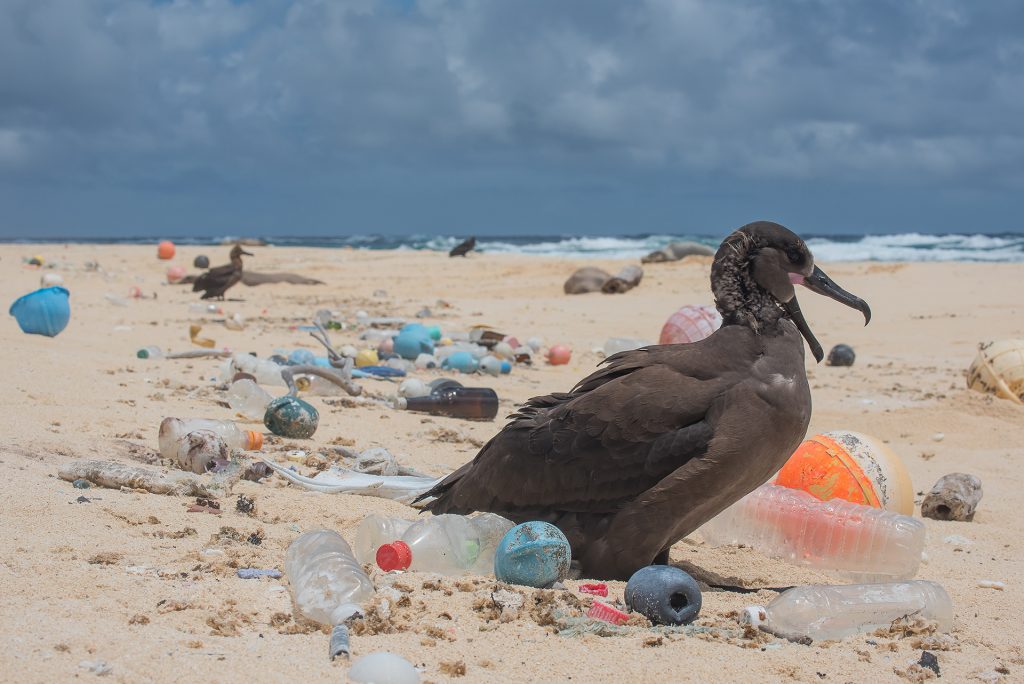
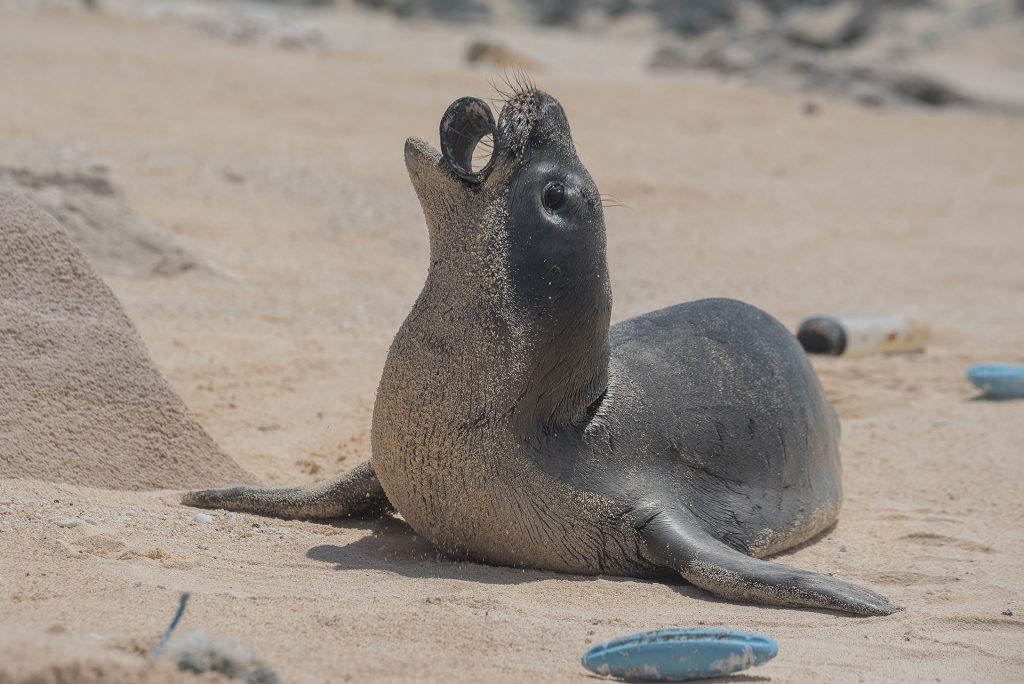
Rather, in the documentary Albatross, director and photographer Chris Jordan shares the impact if has on native albatross populations living at Midway Island in the North Pacific Ocean. The visuals are harrowing; he finds tens of thousands of dead or dying birds whose stomachs are filled with plastic, including bottle caps and prescription bottles. Though residing on land, an albatross usually feeds off of colorful squids or cuttlefishnear the surface of water, explaining why plastic has such a strong appeal for the avian fisher. Even some fish, the National Geographic notes, find plastic bits that have developed an algae covering especially appetizing because it smells like food. But, before we can look to solutions just yet, there’s a critical question we must address.
How Does All Our Plastic End up in the Ocean Anyhow?
There is a long history of deliberate dumping by governments, corporations, and individuals. Prior to the US Environmental Protection Agency’s passing of the Clean Water Act in 1972, an estimated 47.5 million tons of waste was dumped into ocean waters in 1968 alone. In fact, a previous mantra that promoted this method of waste disposal was that “the solution to pollution is dilution.” This meant that the adding of plastic waste and trash in the ocean was assumed to just be swallowed up into oblivion, never to be heard from or seen again. Still, offenders persist today, particularly in countries where trash is frequently sent down storm drains with seemingly little consequence.
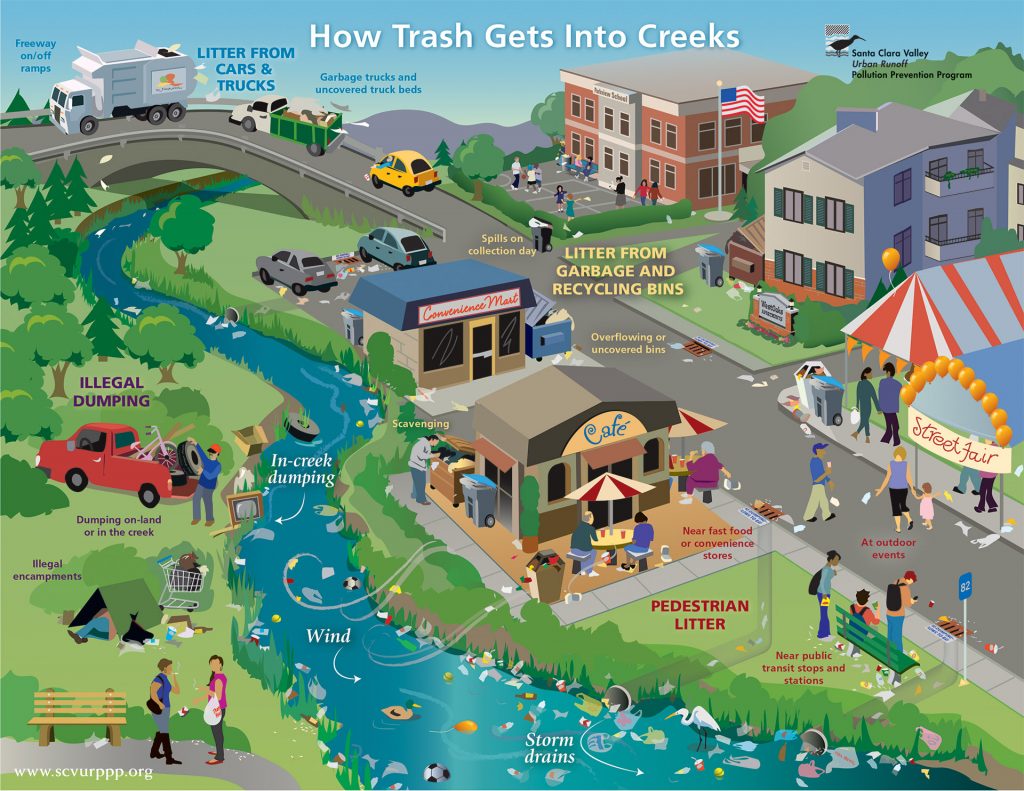
In fact, scientists from the Helmholtz Centre for Environmental Research and the Weihenstephan-Triesdorf University of Applied Science published a report that suggests such dumping occurs most intensely in ten rivers around the world- with eight of them in Asia. They include the Yangtze, Yellow, Hai He, Pearl, Amur, and Mekong Rivers in east Asia; the Indus and Ganges Delta in south Asia, and the Niger and Nile in Africa. The same report estimates that rivers across the board contribute up to four million tons a year of plastic debris, yet up to 95% is derived from these ten rivers.
Still, there are other ways in which plastic-based materials will enter our waterways. The National Oceanic and Atmospheric Administration that land debris may be blown, swept, or washed out to sea via storm waterways during snowstorms or heavy rains, and especially during extreme natural events. Even items from ships, stationary platforms, and other vessels may also be dumped or swept off and into the ocean with little hope for recovery or cleanup. The same goes for abandoned equipment and vessels.
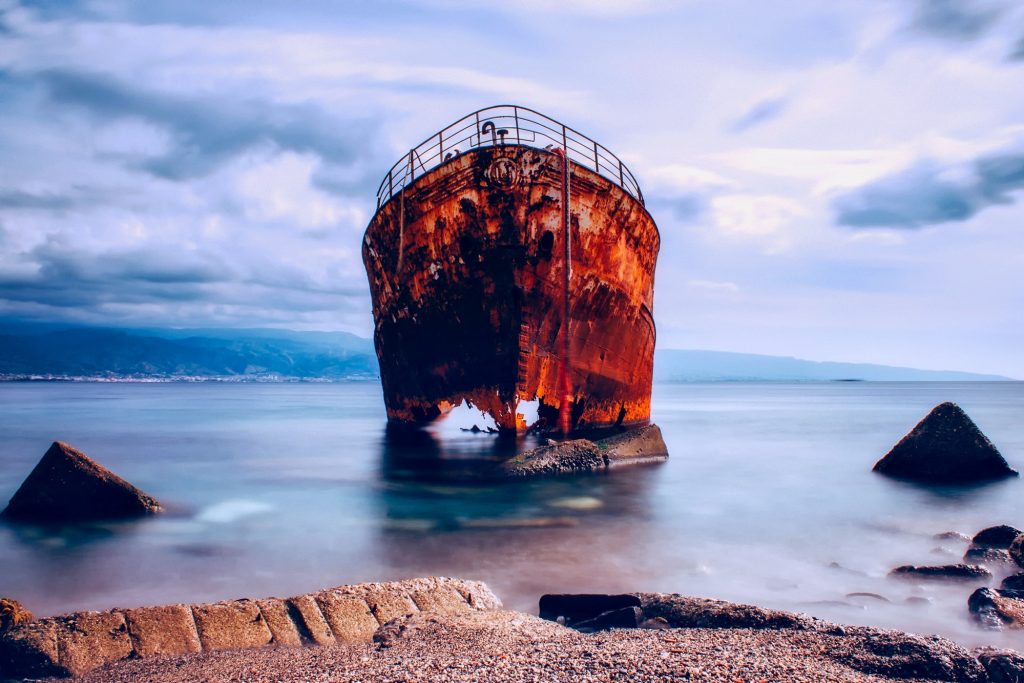
Worse yet, dislodged and renegade equipment- especially those used in aquaculture- often lead to harmful outcomes for marine life through what’s known as “ghost fishing.” In a report by the Food and Agriculture Organization of the United Nations, the term is defined as the ability of abandoned, lost, or otherwise discarded fishing gear to continue to fish. This is most often done by nets, traps, hooks, and more, trapping unsuspecting sea creatures without ever being fished nor free. These materials are also usually made of metals and other synthetic substitutes such as nylon rope. To add insult to injury, predators hoping to feast on the trapped prey often get ensnared themselves. Knowing how dangerous our plastic waste is for marine life, what’s taking so long to find the solution of pollution?
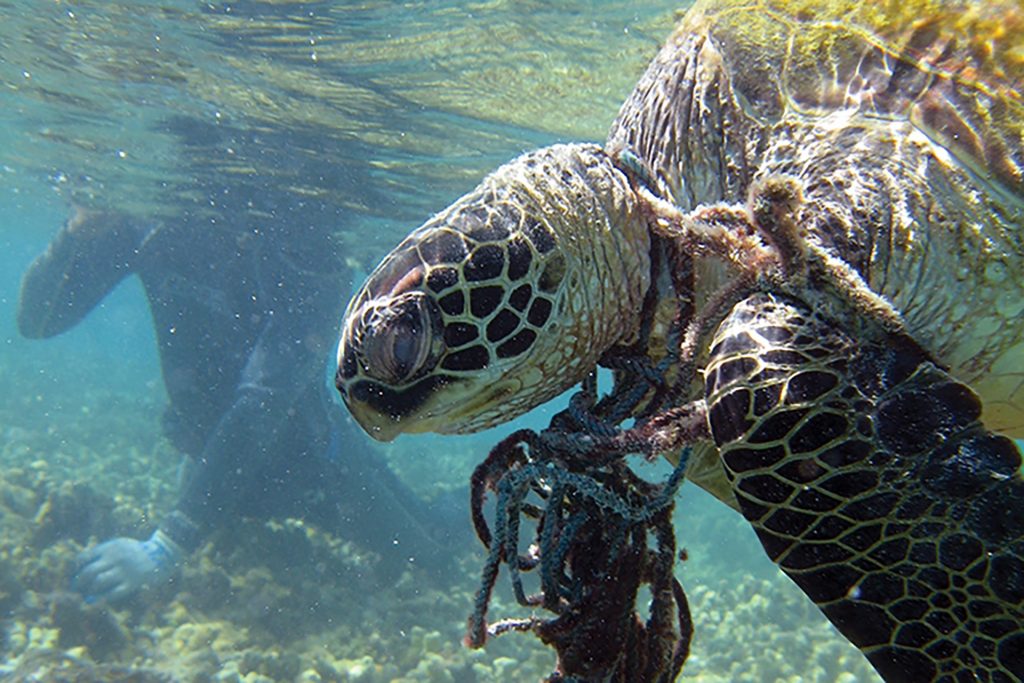
The Challenge of Resolving Marine Pollution
Aside from only having rough estimates on how much of the toxic material fills our near plastic oceans, it’s critical to note that it can take up to centuries for plastic garbage in the ocean to degrade. The National Geographic puts it like this: “if plastic had been invented when the Pilgrims sailed from Plymouth, England, to North America… their plastic trash would likely still be around, four centuries later.” Though you may certainly find it in a different condition, it would still exist as what would be known as a “microplastic.” These may be defined as pieces less than 5 millimeters long, because, as per the National Oceanic and Atmospheric Association, plastic never fully biodegrades; it only breaks down into smaller pieces. See the graphic below for degradation rates for some of the most common yet environmentally hazardous household items.
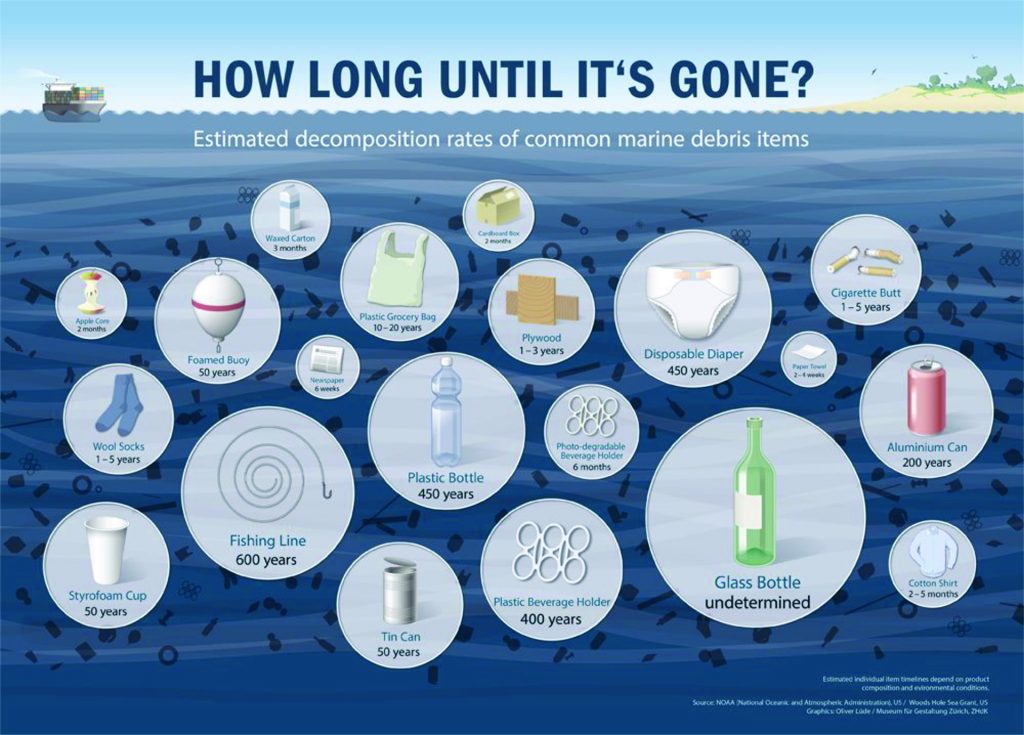
What makes the lifespan of any given piece of garbage in the ocean so lengthy is…
Come back to our blog for more updates to come and follow our hashtag, #TzuChiGoGreen, for all you need to know for World Environment Day and more.

